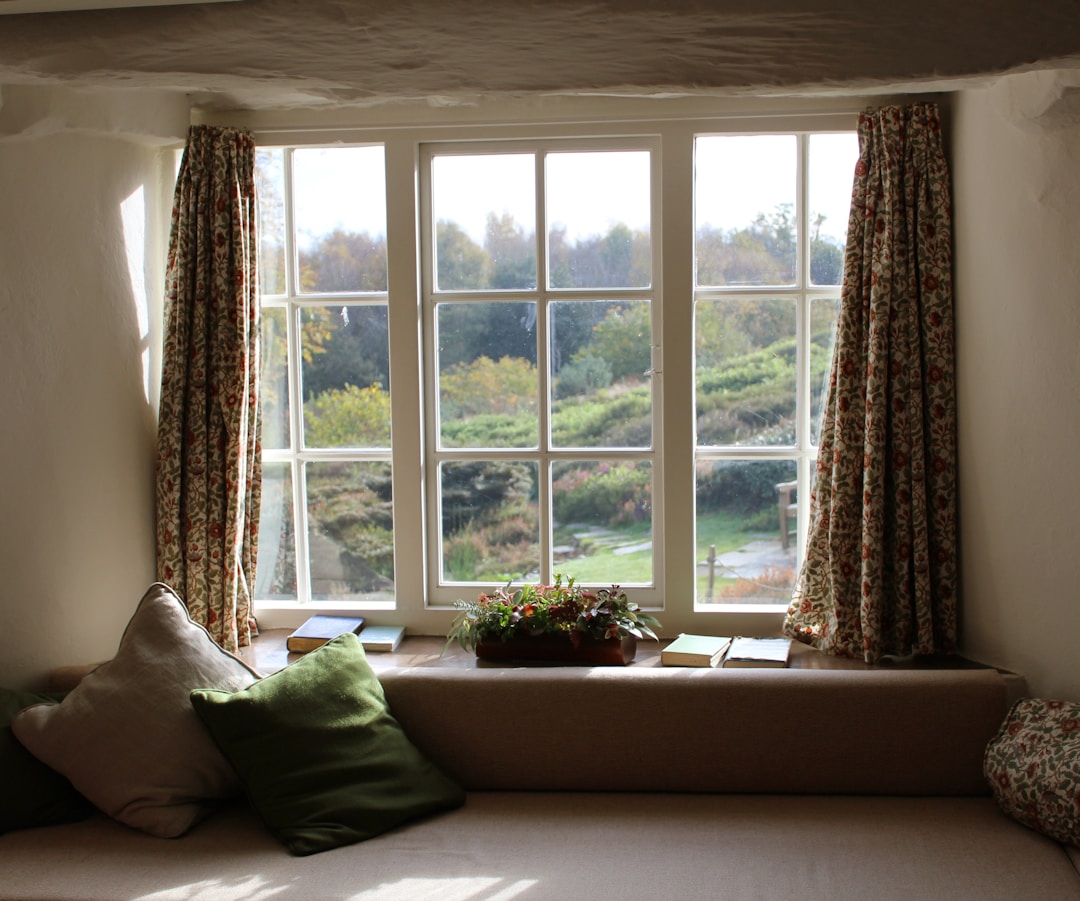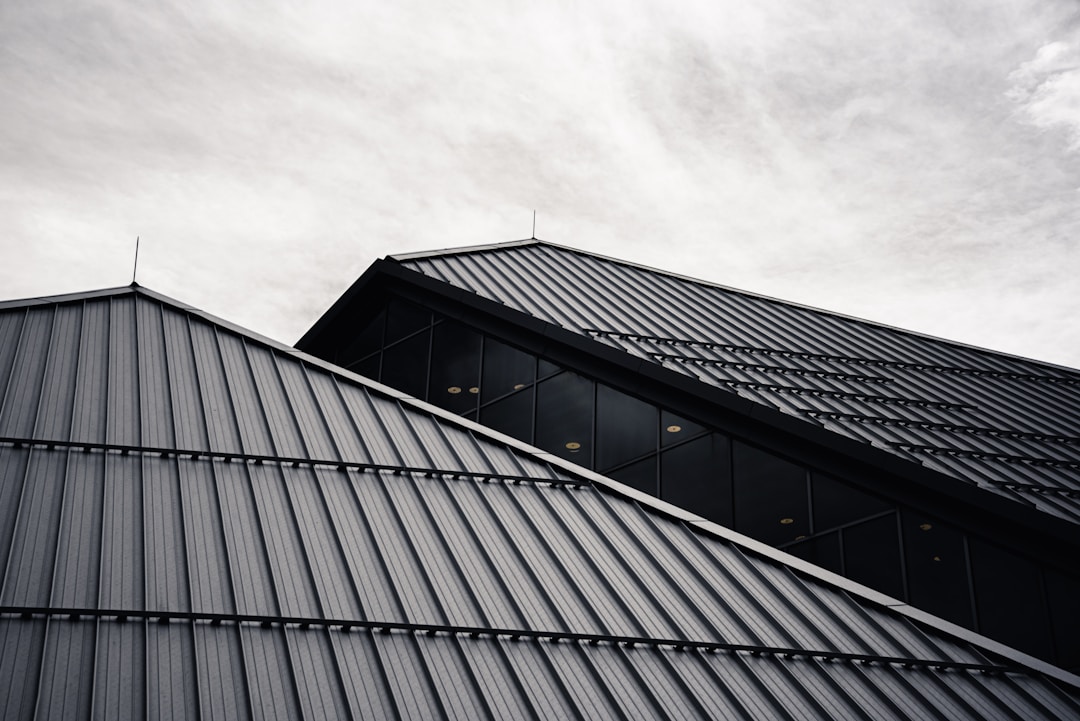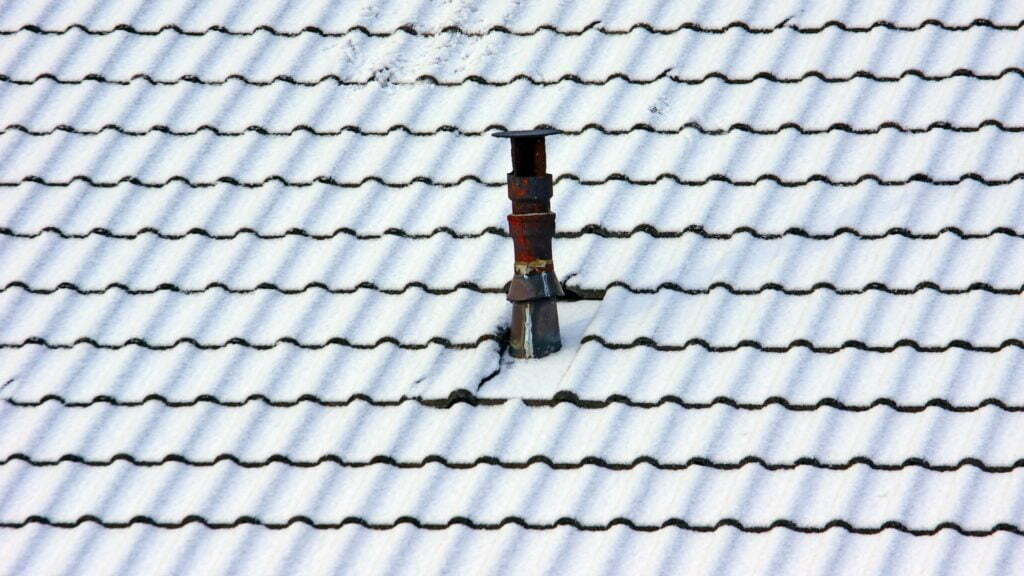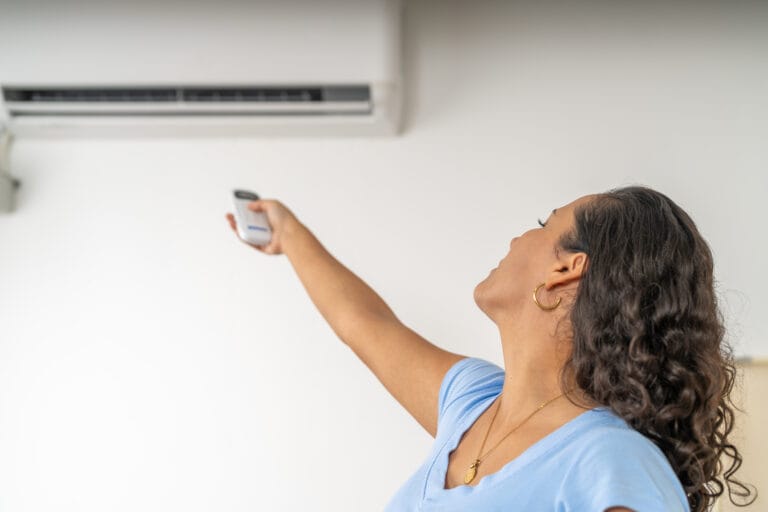Anyone who has lived through a hurricane will likely agree that it’s a very unpleasant experience. Hurricanes have always been a part of U.S history, and they aren‚Äôt about to stop anytime soon. Studies show that the occurrence of strong hurricanes since the 1970s has increased from once a century to once every 16 years.
Having seen the impact of Hurricane Michael (2018) in Florida, it would only be wise to take proper precautions to prevent greater loss when the next one hits. One of the main things to protect against a raging hurricane would be your home since you’ll likely be inside during the storm.
To fully protect your home from a hurricane, you need to upgrade both the exterior and interior of your home. If you’re a homeowner who lives in hurricane country, here are some tips on how to storm-proof your house in case of any forthcoming boisterous gales.
1. Install impact windows.

During hurricanes, debris gathered by high wind can break through windows and destroy things in the house. This is why impact windows are a must-have item for homeowners in hurricane countries. They’re a combination of strong frames and laminated glass with a Kevlar sheet within. They’re also quite durable and can withstand strong winds of up to 200 miles per hour.
They may be a bit pricey, but it beats having to get a new window. If you’re not sure where to start, try hiring a contractor you trust and who can recommend the best quality impact replacement windows. For example, if you live in Fort Worth-Dallas TX, or North Carolina, a quick Google search of ‘storm window replacement in Dallas‘ will likely bring up some reliable results. Companies that provide these services can also help if your home was already damaged due to a previous storm. Replacing your windows won’t be a problem.
2. Purchase a standby generator.
Your home could make it through the storm, but the power grid may not. Sitting in darkness is not the most comfortable way to wait out a hurricane. So, it’s best to have a standby generator serviced, oiled, and ready to use at any time. You don’t need to install an entire house system. All you need is a small generator that can carry the essentials, like the light bulbs, WiFi, and internal heating or cooling systems, depending on the season.
Also, you may have to check your local building and zoning codes (based on your zip code) to find out where to place it, because generators can be quite loud and may be considered noise pollution. Since you may be using your generator from time to time, you may not need as much electric supply as the next person, so your energy costs ought to be lower.
What’s more, if you live in a deregulated state, it means you have the freedom to pick an energy plan which is the right plan for you. To help you compare electricity plans, you may need to check the electric costs of each utility company.
3. Secure your roof.

Not having a sturdy roof during a hurricane could cost you your life. That’s why it’s a good idea to have hurricane clips (also referred to as hurricane straps or hurricane ties) in place of the usual nails (which connect the roof to the frame of the house at an angle, securing it just enough to withstand heavy rain and minor weather changes).
Hurricane clips are made of steel and unlike regular nails, they can withstand strong storms. They also form a stronger attachment to the trusses and rafters of the main building frame. This way, your roof is less likely to detach from the rest of the house when a storm hits.





